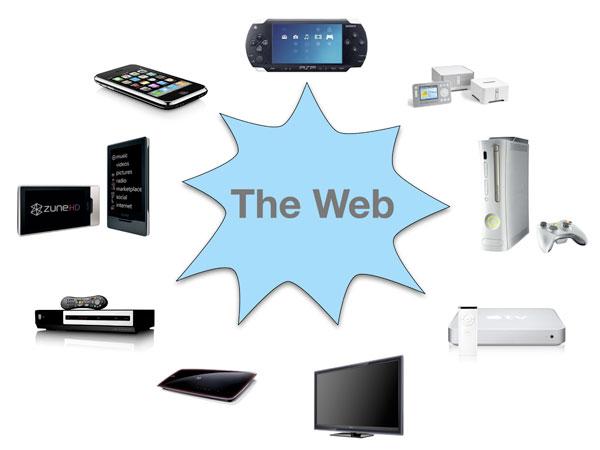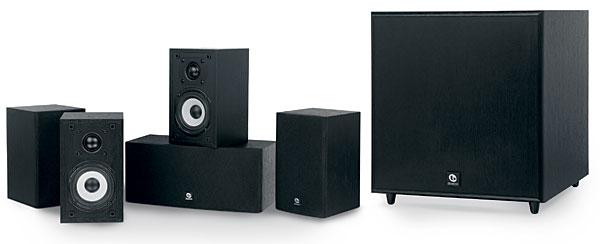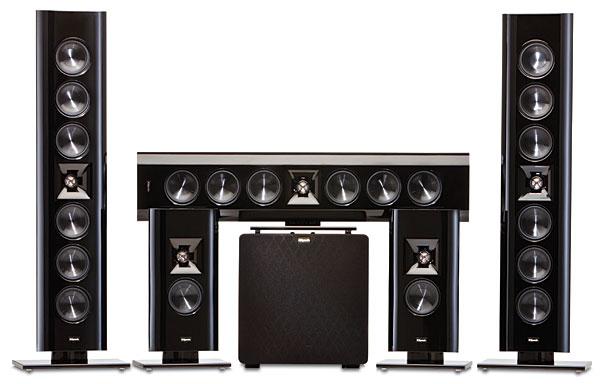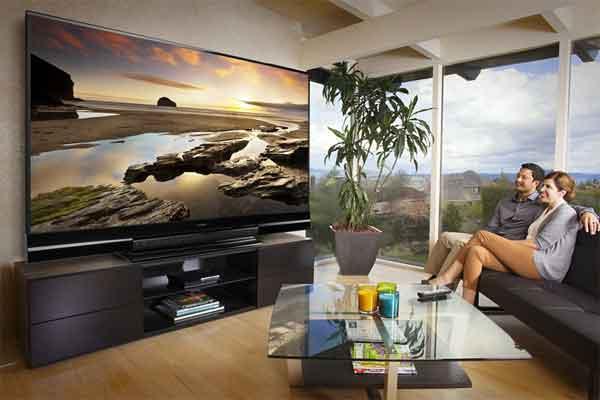LATEST ADDITIONS
On the other hand, everyone I talk with is eager to see 4K home-theater displays, which have four times the resolution of "ordinary" high-def. Now that we've reviewed the first such displaythe Sony VPL-VW1000ES projectorI wonder how important 4K really is, especially given that commercial 4K content for home use is not likely to be available for years to come, leaving owners of these displays with only upscaled 1080p and their own high-resolution still photos.
So I ask youwhich do you think is more important for home theaters, 3D or 4K? Perhaps you believe both are equally significant or that neither one is important. In any event, your fellow home-theater geeks want to know what you think!
Vote to see the results and leave a comment about your choice.















